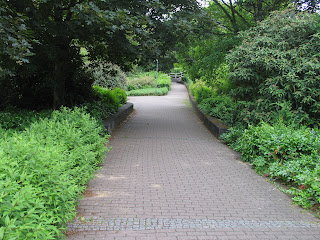The earliest memory of flying a kite was when I went for a scout camp when I was in the high school. The four groups had to make their own kites with news papers and fly them as part of group activities. It was to be a learning experience
One thing about flying kites, which the scout master explained to us still remains with me. He said that it is for entertainment only and not for competition. His rationale was that we lose the fun and thrill associated with it when it is made into a competition. It ceases to be a leisure time activity; instead it becomes achievement centered.
I liked this emphasis then and now. Having lived in central India for fifteen years, I came across several hazards associated with competitive kite flying including accidents and fist fights. It destroys the spirit of this creative sport.
I watched this boy trying to fly his kite. In spite of his efforts he could not. He needed longer thread and an open space.
I do not see boys pursuing this game anymore in urban or rural areas as commonly it used be during my school going years. I wish it would come back as one of the favorites of children! It is a means to develop skills of patience, co-ordination, precision, planning , etc. It is an ideal activity for children to build their sense of determination, perseverance and self confidence. As it involves some principles of physics, it introduces difficult concepts in an experiential way. It can be a family activity on a sunny and windy afternoon. It creates an opportunity to make a kite and fly it. Often others gather to watch and help, both of which create social contacts in the neighborhood.
Let me recommend this as an ideal leisure time activity for children, especially for boys.
M.C.Mathew(text an photo)






































